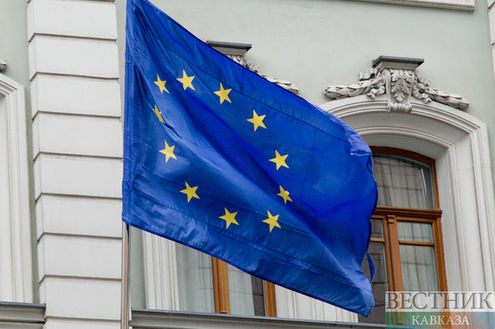The risk of Saudi Arabia’s first economic recession in 15 years has risen markedly, with the kingdom reportedly cutting oil production by as much as 500,000 barrels per day. Still, this is unlikely to alter the government’s medium-term economic plans to reduce and overhaul public spending financed by hydrocarbon revenue. While the share of non-oil revenue may dip this year due to higher oil prices, the 2017 budget includes efforts to boost economic efficiency.
Economic growth slowed to 0.9% year-over-year in 3Q from 1.4% in the previous quarter as the non-oil sector contracted 0.7%, the third quarterly decline in four, while the oil part grew 3.6%, largely due to increased production at the Shaybah fields. This contributed 1.6 percentage points to 3Q expansion and is in line with increased crude output boosting real GDP growth over the year.

Still, the contribution from the oil sector is likely to be weaker in 4Q as output has already been cut, according to analysts. This means a negative overall GDP growth reading in 4Q is possible, although there is a positive base effect from cuts in government spending in 4Q15. In addition, the government made arrears payments totaling 100 billion riyals ($27 billion) to private companies during the quarter, which should boost non-oil sector spending. The government had forecast 2016 growth at 1.4% in the 2017 budget, presented on Dec. 22, while the latest Bloomberg Survey, released on Jan. 5, puts it at 1.1%.

The outlook for 2017 is less rosy, as the oil sector is likely to turn from being the main growth engine to be a substantial drag on real GDP expansion, with reports that Saudi Arabia has already cut production by close to 500,000 barrels per day. Oil output cuts could reduce real GDP growth in 2017 by as much as two percentage points. Combined with sustained budget consolidation efforts, this could push Saudi Arabia’s economic growth below zero in 2017 for the first time in 15 years as consumers brace themselves for further fiscal reform over the medium term.

The 2017 budget includes an 8% increase in budgeted spending to 890 billion riyals but expenditure this year will be 5% lower than in 2016 if payments of arrears and other items are included, according to government figures. Moreover, increases in fuel prices and plans for an introduction of a 5% value-added tax on all products in early 2018 is likely to depress consumer spending (some frontloading of spending is possible once a date for the VAT introduction has been announced). An excise tax on harmful products, including a 50% tax on soft drinks and 100% on tobacco and energy drinks will be implemented in 2Q17. The government is seeking to raise $10 billion annually from VAT by 2020.
The main lever behind a forecast cut in the budget deficit to 198 billion riyals, or 7.7% of GDP, from an estimated 297 billion riyals, or 11.5% of GDP in 2016, will come from a 46% increase in oil revenue, which appears optimistic given lower output and a oil-price assumption of $55 per barrel in the government’s base-case scenario.
Non-oil receipts are only expected to increase 7%. This will mean that the share of non-oil revenue will fall from 38% to 32%, which may seem counterintuitive to the government’s efforts to reduce its dependence on the hydrocarbon sector. However, non-oil revenue in 2016 was boosted by a near doubling of transfers from the Saudi Arabian Monetary Authority. Moreover, if it goes ahead, the VAT introduction should boost non-oil revenue next year. Still, the goal of more than tripling non-oil revenue to 530 billion riyals by 2020 is ambitious.
For financing, Saudi Arabia is likely to return to the international sovereign bond market in 1H after the record $17.5 billion debut issuance in October, potentially to raise $10-15 billion, according to court sources. This will allow the government to earmark a higher degree of its sizable foreign-reserve assets to investment such as a global technology fund, as well as decrease the risks of crowding out private-sector credit through heavy borrowing in the domestic market.






